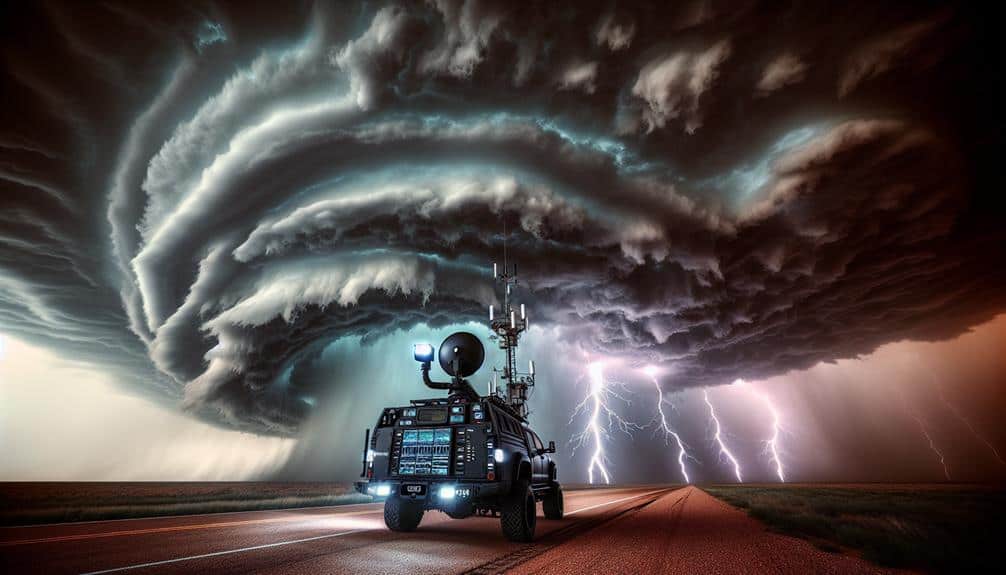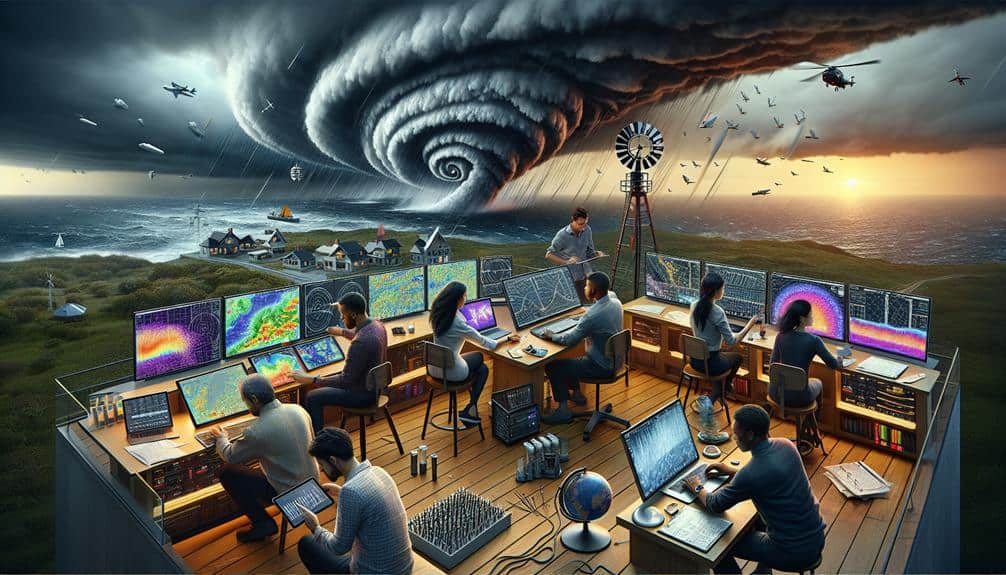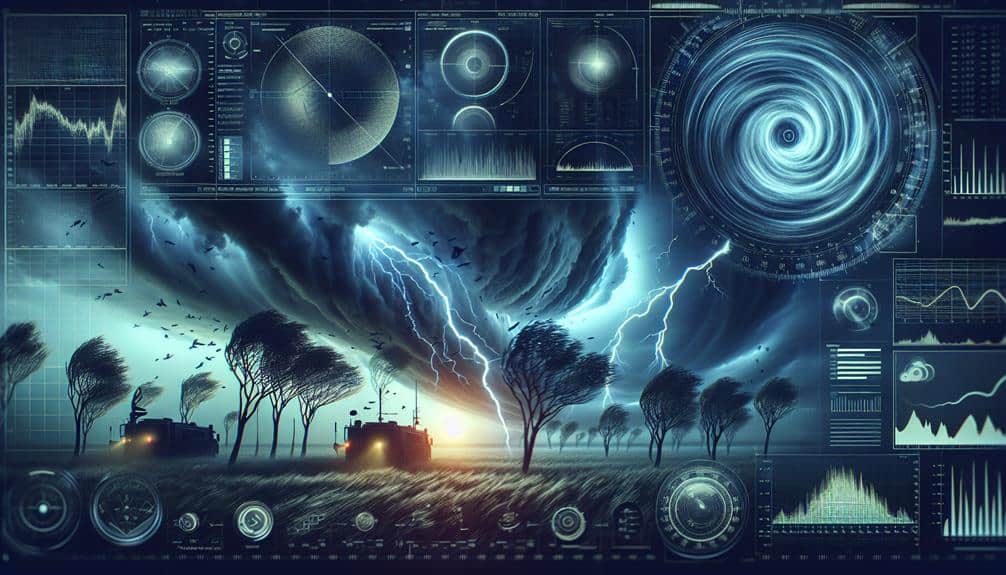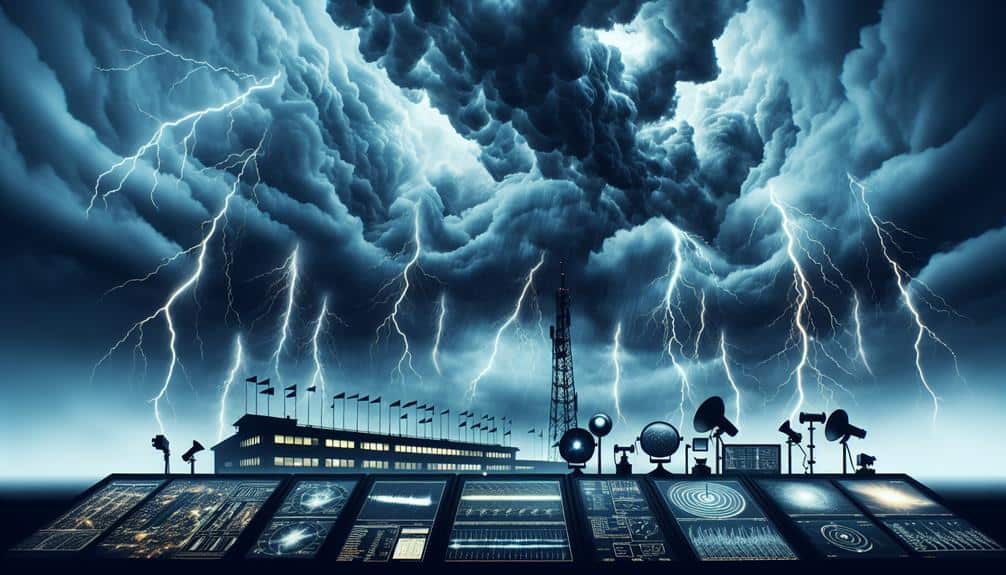Why Is Data-Driven Analysis Crucial for Storm Chaser Safety?
We depend on data-driven analysis for storm chaser safety by integrating real-time weather monitoring via Doppler radar and satellite data, enabling high-resolution storm tracking. Advanced predictive models using machine learning analyze vast meteorological datasets to forecast storm trajectories and intensities, refining our strategies continuously. Real-time risk assessment techniques pinpoint high-risk areas by evaluating environmental hazards […]
Why Is Data-Driven Analysis Crucial for Storm Chaser Safety? Read More »









